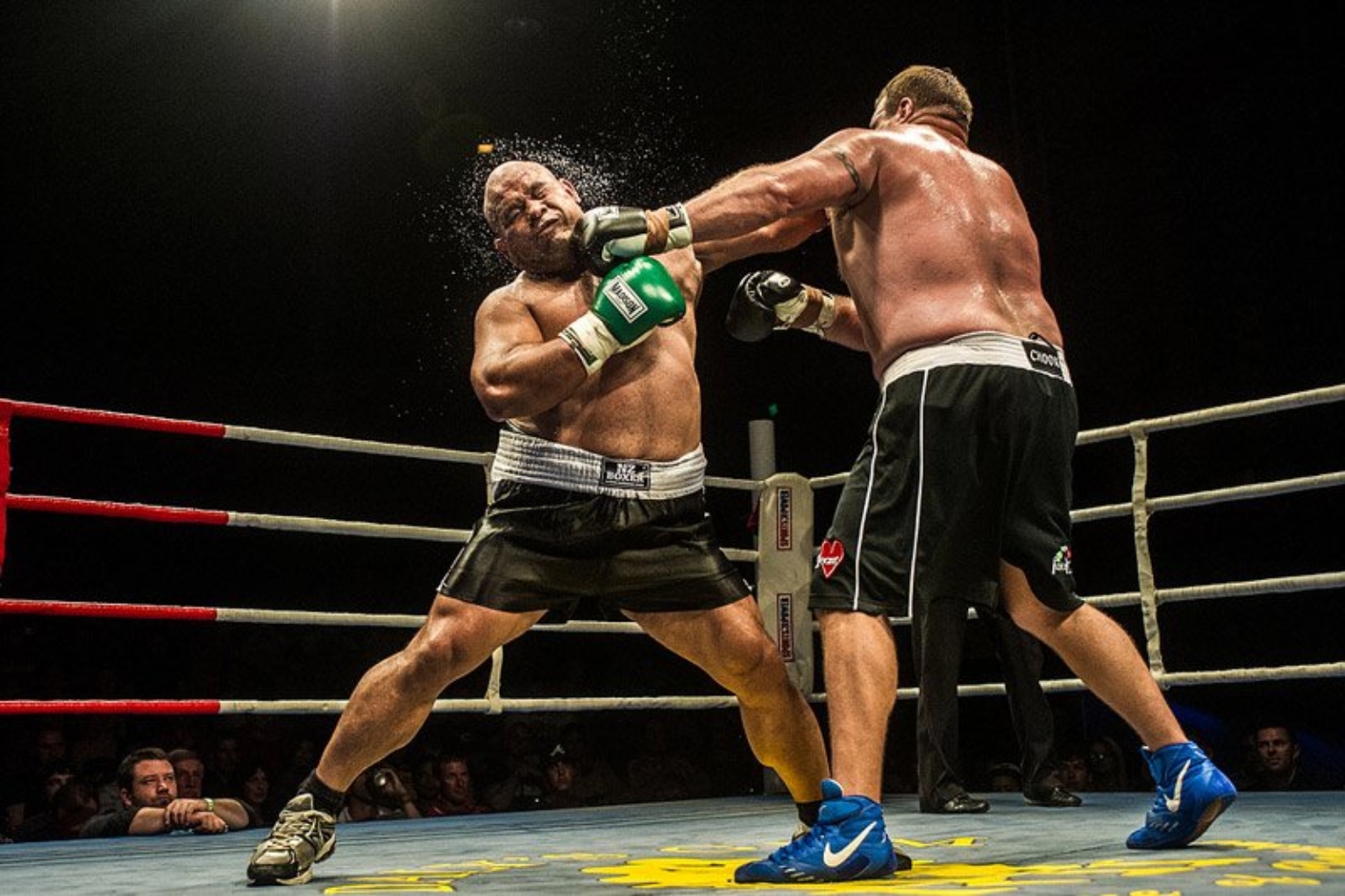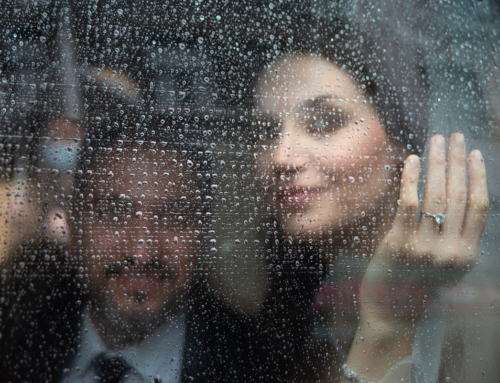Running a record-breaking sprint. Jumping the triple-jump at Hickstead. Sliding into place to score the winning goal in the Cup Final. All of these sporting achievements, it could be argued, are art. And so many of these incredible moments would have been missed without an equally important skill: the art of sports photography.
Sports photography
It can be likened to a middle child in the world of photography; often overlooked, frequently forgotten, and occasionally downright derided. Seeming to lack the glamour of fashion photography, the beauty of portraits or the drama of wildlife or landscape images, it is a niche of photographic art which deserves to have a spotlight shone upon it. The centre of sports photography is movement. The twists, turns and energy of the human body are all captured on film, giving us a unique record of a precious moment which would have otherwise been lost forever. People and their actions are at the very heart of the shot; sports photography offers a very intimate look into success and glory, into vulnerability and strength, and the primitive animal nature which drives us to succeed and win.
By its very nature, sports photography requires standing on the edge, and this adds an intensity; exactly the right moment needs to be captured and recorded, the excitement and adrenaline of the crucial second must be palpable in a shot delivered by an onlooker. Long lens and autofocus are essential, allowing inclusion of subtle details and nuances. Unlike other photography, the shutter speed becomes the most important element / setting, allowing the photographer to capture the action to the fraction of second. Clarity / sharpness of the image is essential, most of the time and this requires capturing images at very fast shutter speeds and very often using quite high ISO (depending on the light). Sports photography is one area in which the equipment used can be very important (maybe decisive) and maybe as important as the talent and creativity behind the camera: even the best photographers in the world won’t catch Usain Bolt in full flow without a little technical help!
Having said that, intuition, instinct and knowledge are also an important part of sports photography. Basic research such as understanding the rules and etiquette of the game or event which is being shot can give a photographer a headstart, allowing them to anticipate potentially key moments and move accordingly. Reading the mood of the crowd and the athlete themselves can provide key information in when to react and shoot, and can indicate a good area on which to focus one’s attention.
Of all the areas of photography, you could argue that sports photography is one art in which skill, patience and talent are hugely underestimated. Capturing the victories and successes of someone who has poured their entire being into the moment is an honour. Sports journalist Oliver Holt describes this art as one which “transcends the action to take in the indomitability of the human spirit; the quest for perfection and fulfilment; and reflects the breathtaking beauty of the world around us.”
Top photograph (c) Chris Chan




Leave A Comment